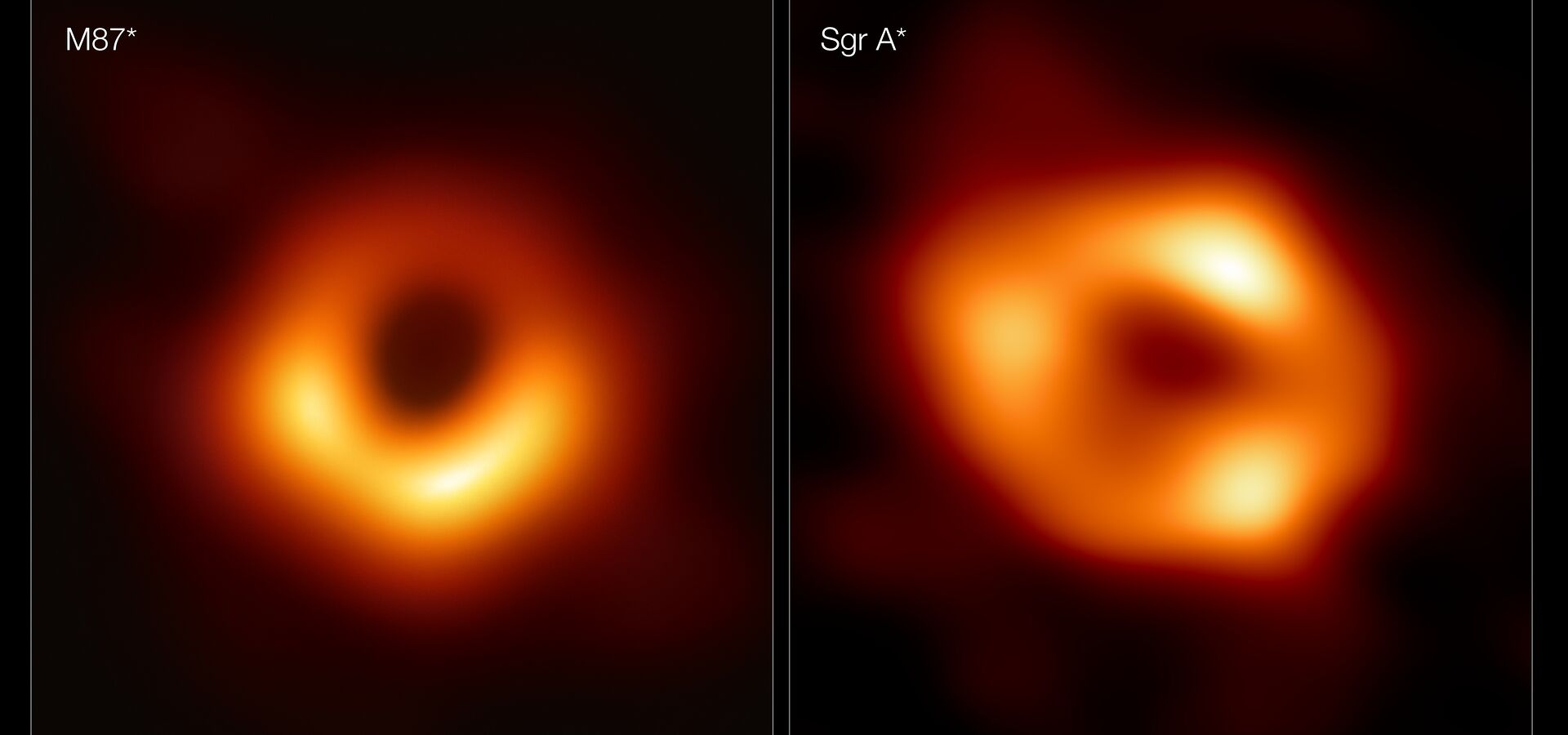
Event Horizon Telescope: The reveal of Sagittarius A*
Event Horizon Telescope: One month after the reveal of Sagittarius A* image
A month has already passed since the Event Horizon Telescope revealed their latest advances in radio astronomy; namely a reconstructed image of the black hole at the center of our very own galaxy, Sagittarius A*. The direct observation of a black hole with angular resolution similar to the event horizon has long been a goal in astrophysics. Such investigations could result in photos of the powerful gravitational effects that are expected near a black hole, as well as direct detection of dynamics near the black hole as matter orbits at near light speeds. The study of general relativity in the strong field regime, accretion, and outflow processes at the edge of a black hole, the existence of event horizons, and fundamental black hole physics would all benefit from this capacity. It is not only a verification of the theories behind black holes but also a technological advancement on a scale not seen before.
Why is this important?
The aim of modern science has, for a very long time, been to verify or support the many theories laid by past scientists and engineers. In order to further our understanding of the universe, the underlying theories should be sufficiently supported by as much evidence as possible. A theory in science and engineering is a well supported statement or explanation of the natural world. A theory can never be too supported, and the constant seeking of further proof of a hypothesis is always the goal of a scientist. Take for example Einsteins theory of relativity. It has been used to predict phenomena like the presence of black holes, light bending owing to gravity, and planet behavior in their orbits. A solar eclipse observed in 1919 proved Einstein's prediction that light bends in the presence of mass and many other tests has been made that prooves the principles and predictions stated by Einstein. But, the goal is always to expand our understanding of the universe and its phenomena. The principles of a black hole has been studied by simulation and theoretizing but it has never been imaged. This is where the EHT comes into the picture.
In order to achieve the goal of imaging a black hole, a collaboration of international scientists, physicists, astrophysicists and engineers was founded, the Event Horizon Telescope. The aim was to maintain long-term research on enhancing the capabilities of Very Long Baseline Interferometry (VLBI) at short wavelengths that would enable the world to produce an image of black holes. VLBI is the key in achieving this and it is based on interferometry principles in radio astronomy. The concept can be shortly summarized to this: imagine a very large single dish radio telescope, with a big surface area. If this large surface area is then split into smaller radio telescope, that spans the exact same area, this new configuration would perform equivalently to the single dish configuration. The advantage is then this: the smaller radio telescopes do not need to be placed adjacent. They can be placed several thousand kilometers away from each other and still behave as a part of a bigger telescope. The angular resolution is now dependent on the distance between each telescope, also called the baseline. The emission regions of the two supermassive black holes, SgrA* at the center of the Milky Way and M87 in the center of the Virgo A galaxy, was measured using this technique of connecting radio dishes across the globe to create an Earth-sized interferometer comparable to a synthetic Earth-sized single dish radio telescope. With the addition of important millimeter and submillimeter wavelength equipment at high altitude locations, it is now possible to image such structures and track the dynamic evolution of black hole accretion.
The baselines of EHT were linked between the following 8 radio telescope systems scattered around Earth:
1. Submillimeter Telescope, 10 m, (SMT/Arizona, USA)
2. Atacama Pathfinder Experiment, 12 m, (APEX/ Chile)
3. IRAM telescope. 30m, (IRAM/ Spain)
4. James Clerk Maxwell Telescope, 15 m, (JCMT/ Hawaii)
5. Large Millimeter Telescope "Alfonso Serrano", 50m,(LMT/ Mexico)
6. Submillimeter Array, eight radio dishes, each six m in diameter, behaves as a single
telescope with diameter: 500 meters (SMA/ Hawaii, USA)
7. Atacama Large Millimeter/Submillimeter Array, 66 telescopes, 54 with 12 m dishes
and 12 with seven m dishes, baselines from 150 meters to 16 kilometers, (ALMA,
Chile)
8. South Pole Telescope, 10 m, (SPT)
Even with these colossal distances resulting in an angular resolution never seen before, the final image still appears blurry. The angular resolution cannot be improved much more than this on Earth alone and the next logical step for this would be to expand the system.
Who are the EHT collaboration?
The incredible acievements of the EHT are not made by a single person, but an international collaboration of hundreds of people. The EHT consists of over 250 contributing members. One of those EHT members is Roman Gold who works at SDU Galaxy and Cp3. Roman Gold is an Assistant Professor at the Department of Physics, Chemistry and Pharmacy. His research is centered around nature's most compact objects; black holes and neutron stars. His contribution to EHT is in the form of model comparisons and feature extractions of the near horizon science utilization.